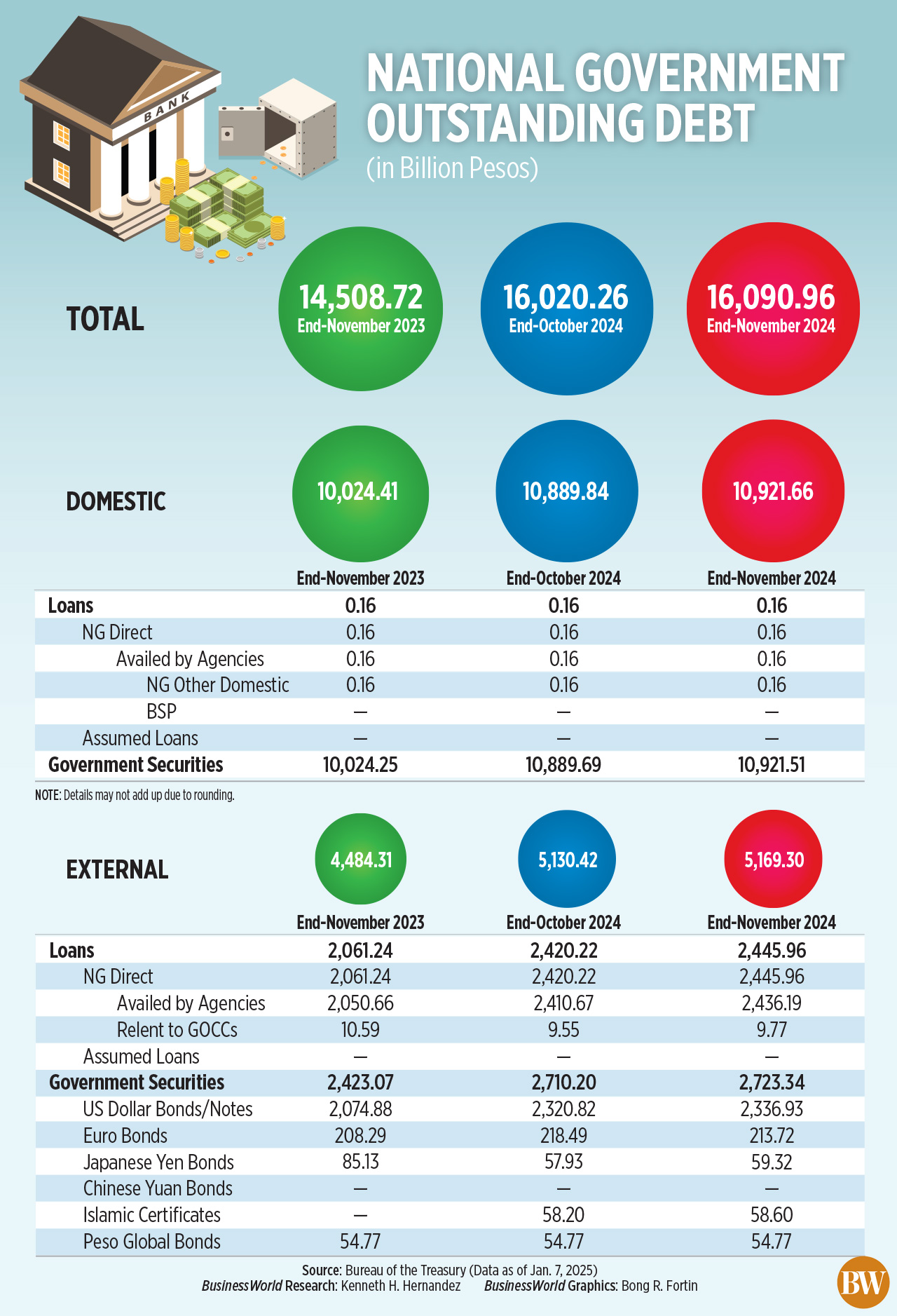![]()
Whether it affects you or not, othering at work takes its toll on everyone, so how can you identify and eliminate it?
Just because something does not directly impact you, does not mean that A, you shouldn’t help, or B, that it won’t affect you in the future. When elements of toxicity creep into the workforce, initially it may only affect areas that you regard as distant from yourself and how you operate.
Often we choose to let other people fight their own battles as it can be seen as inappropriate or even inflammatory to insert yourself into workplace disputes that don’t necessarily involve you. Additionally, there is the fear that you could make yourself a target, harming your professional opportunities and attempts to network.
However, if left unchecked, a toxic working environment can create a culture of bullying, isolation and career stagnation that will impact everyone, from the CEO downwards. ‘Othering’ is one such trait that has the potential to damage an organisation’s reputation, operations and internal careers.
The best way to identify and eradicate an issue is to understand the root cause and recognise when it has become a problem in the workforce, so, what is workplace ‘othering’ and what are the signs?
What is ‘othering’?
‘Othering’ is defined as deliberately excluding someone from a group, often based on factors that identify them as different, for example women, people of colour, LGBTQIA+ individuals, younger or older co-workers and those who have had an alternative educational or professional experience.
Often it is insidious in that it is subtle and therefore more difficult to identify and resolve, however, the consequences can be detrimental and far reaching. For example, for the individual, ‘othering’ can create an ‘us versus them’ mentality that propagates feelings of loneliness, impacting mental health and overall career progression.
For the organisation, if allowed to continue, a working environment rife with ‘othering’, can damage internal and external trust, negatively impact hiring and retention and grow a reputation of workplace bullying and unprofessionalism. Luckily, by recognising the signs, employers and colleagues can counteract negative behaviours and build a positive, productive and mindful workplace.
Red flags
‘Othering’ manifests in a range of ways, sometimes obviously and sometimes less so. Often it takes the form of deliberate exclusion from workplace networking and social events, wherein certain employees may find that their interactions with others are limited and their opportunities to engage are purposefully ignored.
They may also find that they are less trusted than their colleagues with similar qualifications and that their opinions and professional observations are disregarded in favour of others, despite their legitimacy.
Microaggressions, in relation to race, gender, religion, age, sexuality and disability status are also a sign that a company tolerates ‘othering. This can take the form of stereotyping, generalised statements, gossiping and in some cases, outright bullying and exclusion based on prejudice.
The gatekeeping of information, that is wilfully withholding important, relevant and useful details, for the purpose of limiting someone else’s opportunities and resources, is a common sign of ‘othering’ as it enables one group to control and manipulate workplace dynamics, to the detriment of those considered to be on the outside.
Stamping it out
While the best way to handle ‘othering’ in the workplace is of course to not enable it to take root in the first place, that is a solution for an ideal world and not the one we live in. Instead, once you have identified that there is an issue, you should immediately take steps to resolve it and be tough in your no tolerance policy.
By discouraging workplace cliques and silos and by implementing opportunities for employees from all teams to interact and engage, employers show that they expect co-workers and colleagues to be courteous and friendly, regardless of personal social groups.
Additionally, mandatory training in regards to cultural and societal sensitivities, as well as strict adherence to DEI initiatives creates an inclusive, tolerant and cognitively diverse working environment, wherein ‘othering’ is viewed as a negative and counter-productive behaviour.
Language also plays an important part, as on occasion we may say something or use language that, despite our intentions, contributes to ‘othering’ co-workers. For example by unnecessarily gendering professionals, such as the female doctor, the male nurse, the female CEO, the male teacher, we are buying into generalisations and signalling out people as being alone or negatively unique in their position.
Ultimately, ‘othering’ can happen without anyone really paying attention, but before you know it, it is creating ructions in what was once a harmonious workplace. But if you can identify that there is a problem and can address it quickly and effectively, with the whole team involved, it will be back to smooth sailing before you know it.
Don’t miss out on the knowledge you need to succeed. Sign up for the Daily Brief, Silicon Republic’s digest of need-to-know sci-tech news.








Leave a Comment